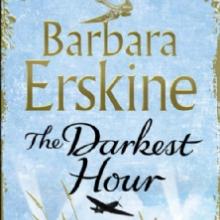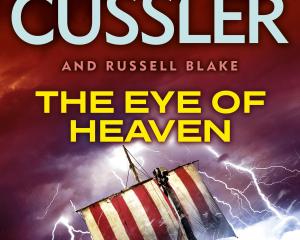
This story begins with the pursuit of a car, and the eventual crash of the car and the death of the driver in very suspicious circumstances.
A mystery and tension are there from the beginning. The dead driver's wife, Lucy, although grieving, accepts a grant to write the biography of a female World War 2 artist, Evelyn Lucas, and begins to explore the artist's life.
The reader is then taken back to August 1940. The Battle of Britain is under way. The artist gains permission to set herself up at the local airfield to begin to sketch pilots and planes for the War Office.
From this point the story develops and is gripping. Romance plays a part but there are also dark forces at work in the artist's life. These become apparent in the present also, and focus on one particular Lucas self-portrait.
This is a great story, especially when the world wars are much-remembered, talked and written about at present.
It is well-written, with joy and pathos, and imbued with the extraordinary heroism and intrepidity of ''the few''.
- Margaret Bannister is a retired psychotherapist and teacher.


